
New Facial Biometric Requirement for Canadians at U.S. Border on Horizon
Canadians crossing into the U.S. could soon face a requirement for facial biometrics by Customs…

Canadians crossing into the U.S. could soon face a requirement for facial biometrics by Customs and Border Protection. This new technology aims to effectively identify overstays. Travelers can opt-out by requesting a manual document check, but a start date for this requirement has yet to be announced. The Canada-U.S. border seems to be creating headlines…
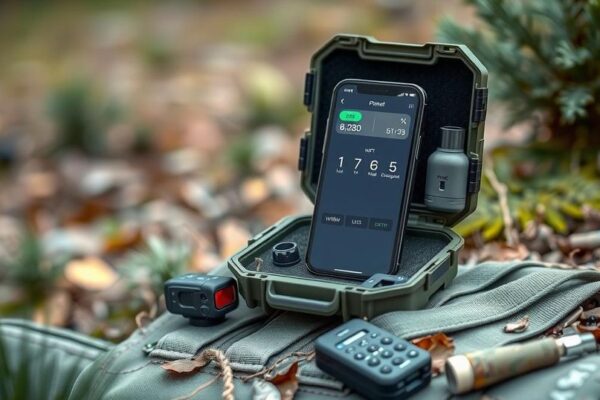
Parsons Corporation has secured a sole-source contract with the U.S. Air Force to provide two Javelin+ Mobile Biometric Collection Kits, enhancing AFOSI’s biometric capabilities for criminal and counterintelligence missions. The kits feature advanced biometric technologies and are designed for rugged conditions, ensuring rapid identity verification in the field. Parsons Corporation has landed a sole-source contract…
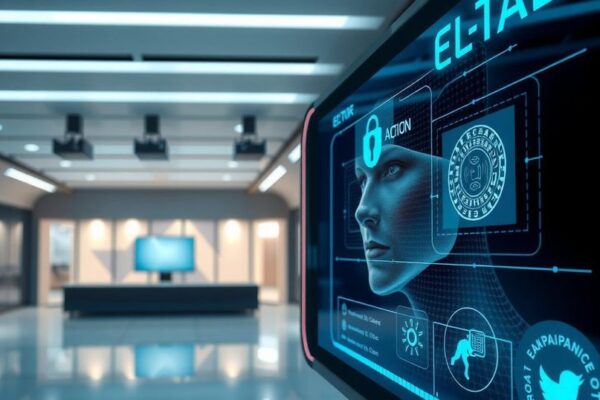
NEC Corporation’s face recognition technology ranked first in accuracy tests by NIST, achieving a 0.07% error rate in the 1:N Identification category. The technology is deployed in 80 airports and across various sectors, with future plans including decentralized identity solutions. NEC emphasizes its commitment to ethical AI practices and is shifting towards value-driven business models….

Sri Lanka’s e-NIC project is launching next month with biometric features. Awaiting 300,000 additional cards from Thales to implement it, the project aims to integrate with the Unique Digital ID initiative. Awareness programs are being planned across public and private sectors for smooth adoption. Sri Lanka’s ambitious Electronic National Identity Card (e-NIC) project is gearing…

The Biometric System Market is projected to grow significantly between 2024 and 2031. The DataM Intelligence report outlines industry trends, forecasts, and key players like 3M and Fujitsu. The study offers insights into market dynamics, segmentation, and technological advancements, enhancing understanding of the competitive landscape and future directions for this sector. The Biometric System Market…
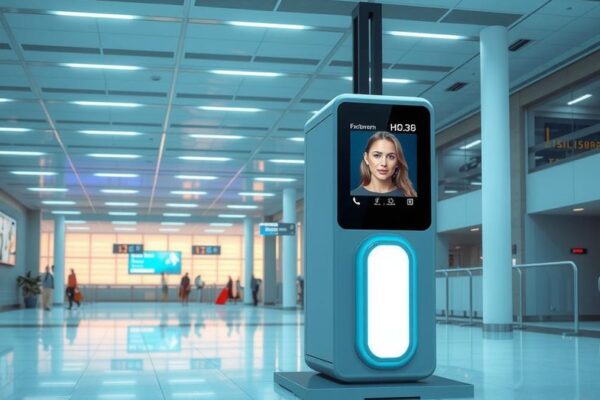
The TSA is implementing the Touchless ID program, utilizing facial recognition technology to simplify security checks at airports. Initially launched in 2021, the program allows TSA PreCheck members to skip traditional ID checks and speeds up the verification process. While it offers convenience for travelers, concerns around privacy and data retention are also noteworthy, as…

Missouri is moving toward enacting its Biometric Information Privacy Act, with three key bills passed in their second readings. These bills aim to regulate how biometric data such as fingerprints and facial recognition can be collected, stored, and used, establishing clear guidelines and requiring explicit consent. The act addresses privacy concerns while offering an enforcement…
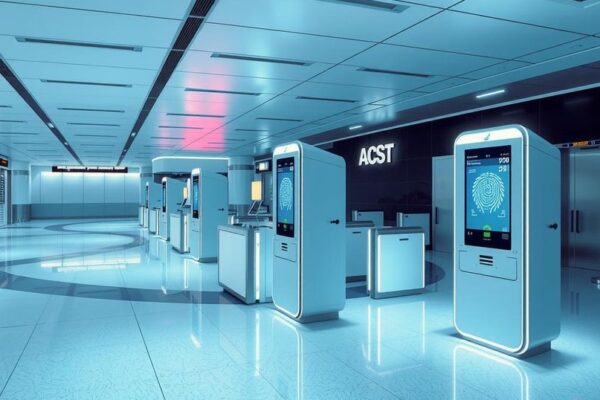
Biometric technology is rapidly changing air travel in the US, with facial recognition set to replace traditional boarding passes. While it’s enhancing convenience in airport processes, concerns about data privacy remain. The technology is already in use at various airports, simplifying security measures, but effective implementation poses ongoing challenges. In the rapidly evolving travel industry,…
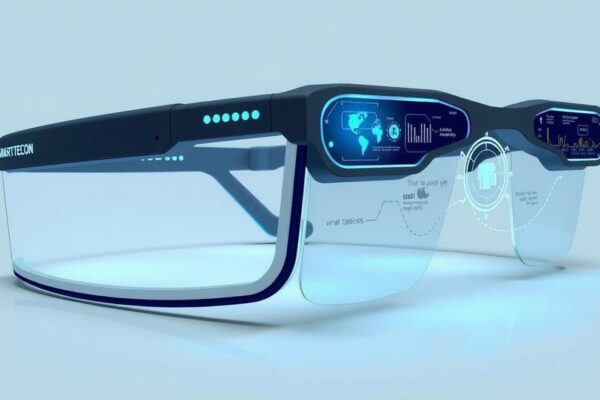
Meta is considering integrating facial recognition into its smart glasses, enhancing features called “super sensing.” This would allow constant use of the devices’ cameras with AI assistance. Battery life is expected to improve, and updates to privacy policies raise concerns. The move reflects a broader trend in facial recognition technology, which is gaining traction in…

Toppan Edge partners with Partisia to launch a decentralized digital ID system using MPC and blockchain technology. This collaboration aims to strengthen privacy and security in digital identities and aligns with Japan’s digital framework goals. The partners will also explore ways to merge human and non-human identities and investigate Web3 technologies. Toppan Edge has joined…